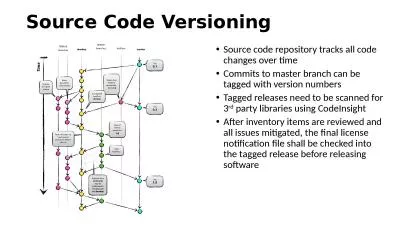PPT-Using Legitimation Code Theory
Author : luanne-stotts | Published Date : 2020-01-28
Using Legitimation Code Theory to Enhance S tudents Academic Writing Paula Villegas Verdu A ssociate Member LCT Centre for KnowledgeBuilding Overview What do we
Presentation Embed Code
Download Presentation
Download Presentation The PPT/PDF document "Using Legitimation Code Theory" is the property of its rightful owner. Permission is granted to download and print the materials on this website for personal, non-commercial use only, and to display it on your personal computer provided you do not modify the materials and that you retain all copyright notices contained in the materials. By downloading content from our website, you accept the terms of this agreement.
Using Legitimation Code Theory: Transcript
Download Rules Of Document
"Using Legitimation Code Theory"The content belongs to its owner. You may download and print it for personal use, without modification, and keep all copyright notices. By downloading, you agree to these terms.
Related Documents

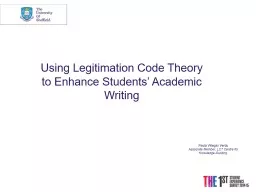
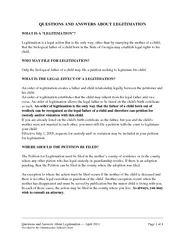
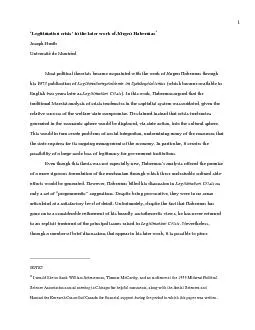
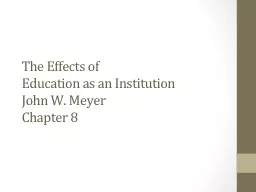


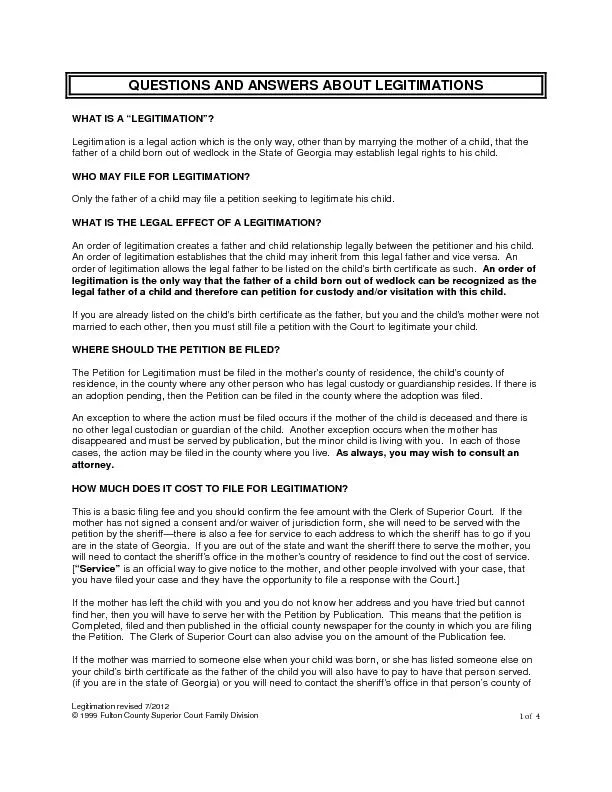


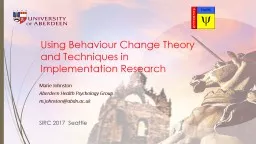


![[BOOK]-Legitimation Crisis](https://thumbs.docslides.com/956112/book-legitimation-crisis.jpg)
